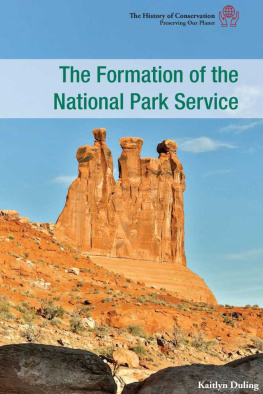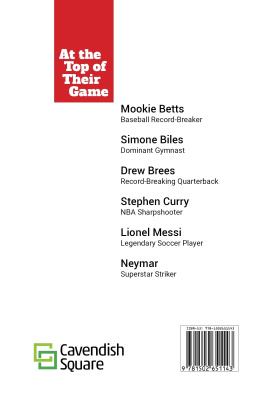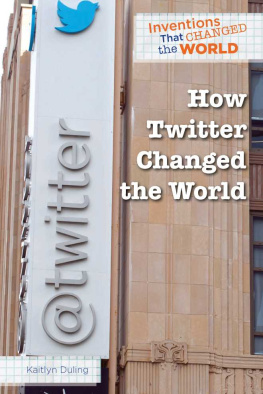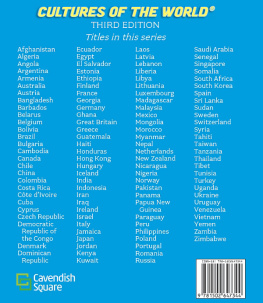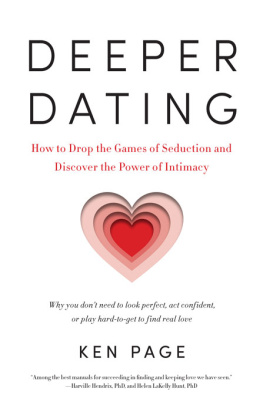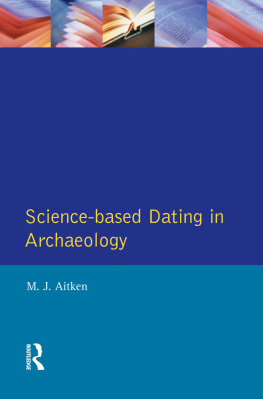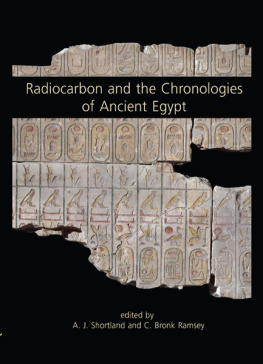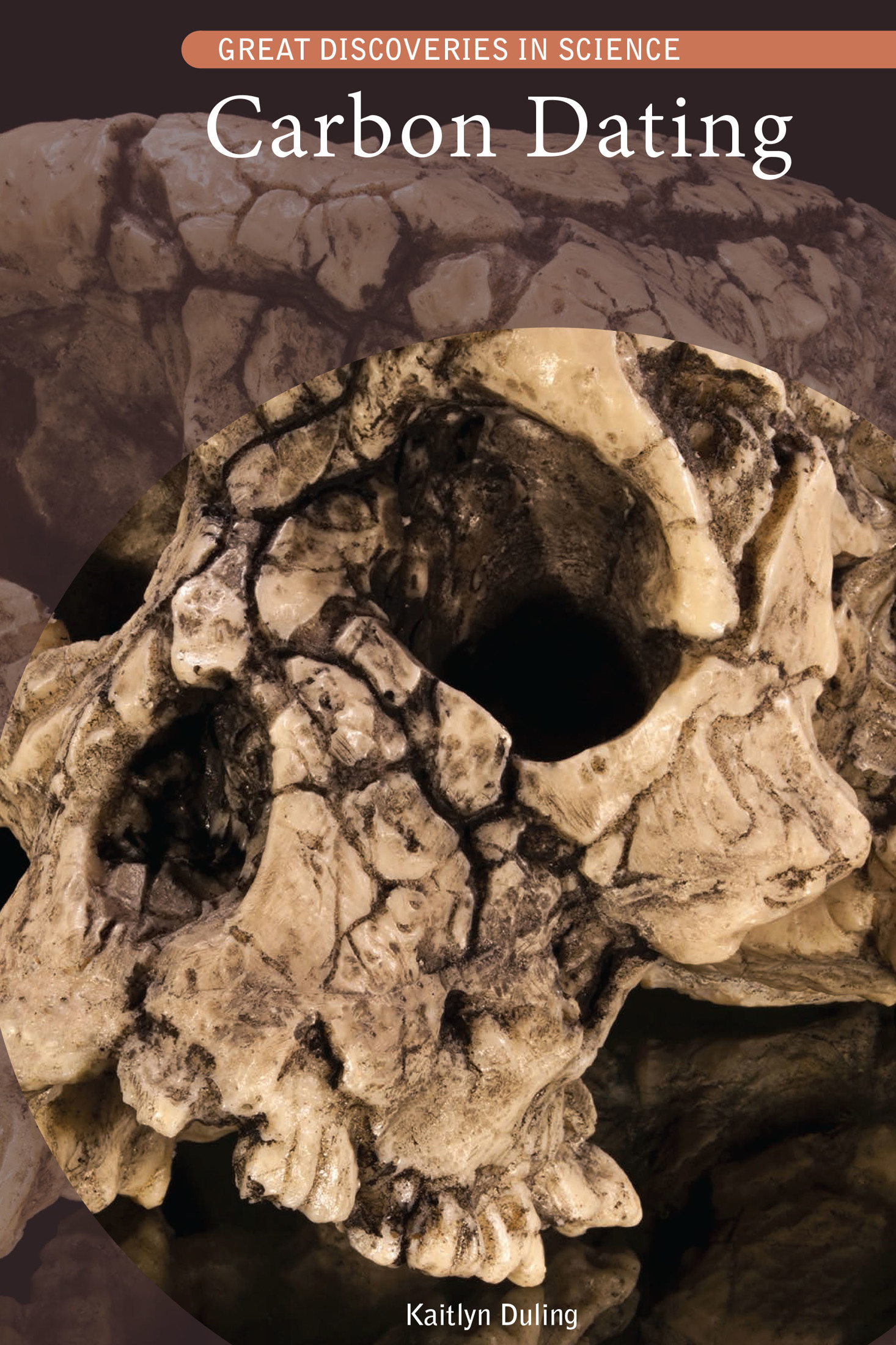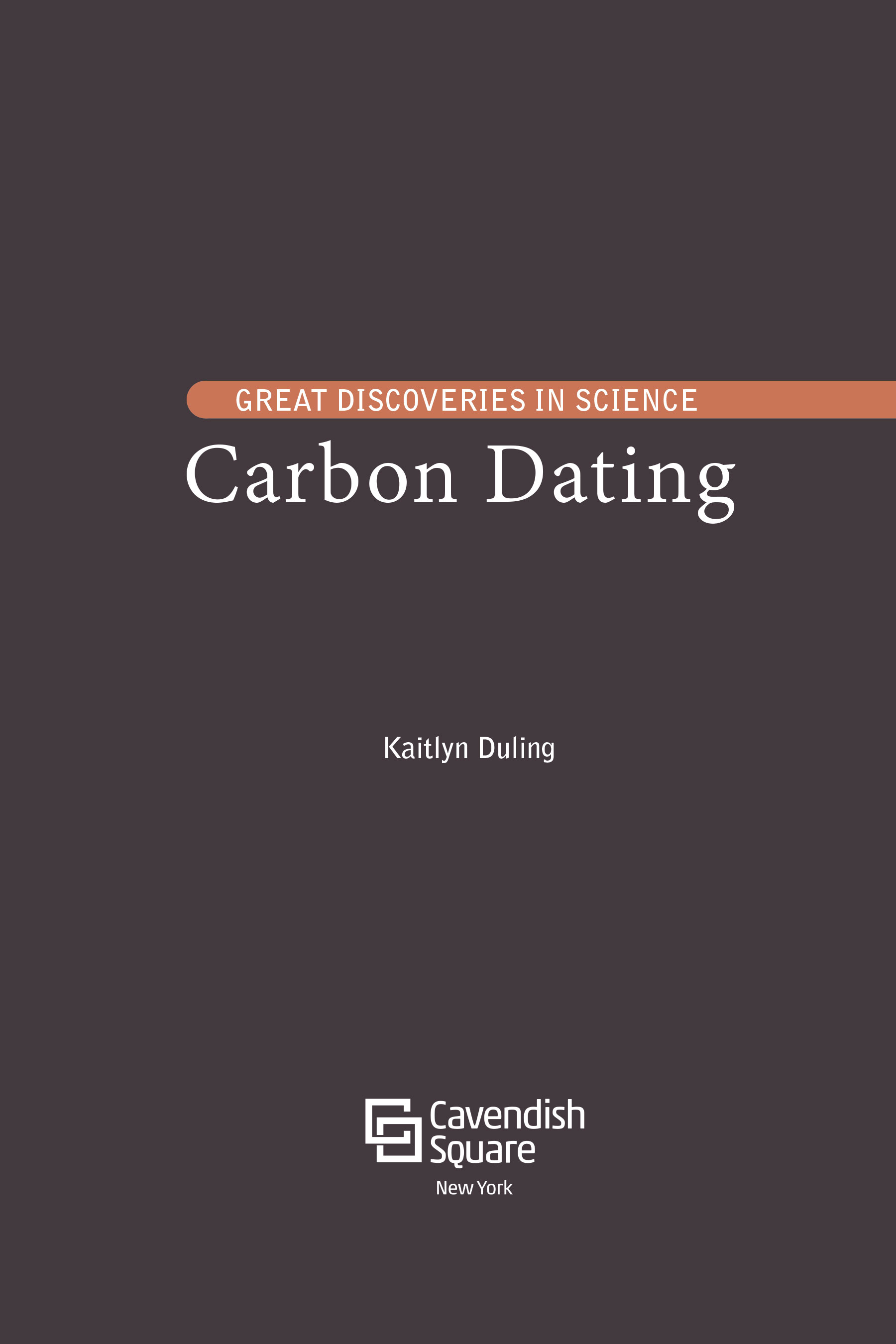Published in 2019 by Cavendish Square Publishing, LLC
243 5th Avenue, Suite 136, New York, NY 10016
Copyright 2019 by Cavendish Square Publishing, LLC First Edition
No part of this publication may be reproduced, stored in a retrieval system, or transmitted in any form or by any meanselectronic, mechanical, photocopying, recording, or otherwisewithout the prior permission of the copyright owner. Request for permission should be addressed to Permissions, Cavendish Square Publishing, 243 5th Avenue, Suite 136, New York, NY 10016. Tel (877) 980-4450; fax (877) 980-4454.
Website: cavendishsq.com
This publication represents the opinions and views of the author based on his or her personal experience, knowledge, and research. The information in this book serves as a general guide only. The author and publisher have used their best efforts in preparing this book and disclaim liability rising directly or indirectly from the use and application of this book.
All websites were available and accurate when this book was sent to press.
Library of Congress Cataloging-in-Publication Data
Names: Duling, Kaitlyn, author.
Title: Carbon dating / Kaitlyn Duling.
Description: First edition. | New York : Cavendish Square, [2018] | Series:
Great discoveries in science | Audience: Grade 9 to 12. | Includes bibliographical references and index.
Identifiers: LCCN 2018014938 (print) | LCCN 2018018438 (ebook) |
ISBN 9781502643735 (ebook) | ISBN 9781502643834 (library bound) |
ISBN 9781502643957 (pbk.)
Subjects: LCSH: Radiocarbon dating--Juvenile literature. |
Geochronometry--Juvenile literature. | Geological time--Juvenile literature.
Classification: LCC CC78.6 (ebook) | LCC CC78.6 .D85 2018 (print) | DDC 551.7/01--dc23 LC record available at https://lccn.loc.gov/2018014938
Editorial Director: David McNamara Editor: Jodyanne Benson Copy Editor: Michele Suchomel-Casey Associate Art Director: Alan Sliwinski Designer: Christina Shults Production Coordinator: Karol Szymczuk Photo Research: J8 Media
The photographs in this book are used by permission and through the courtesy of:
Cover, Didier Descouens, Own work/File: Sahelanthropus tchadensis - TM 266-01-060-1.jpg/Wikimedia Commons/CCA-SA 4.0 International; p. 4 Gavin Shire/USFWS Mountain-Prairie ( https://www.flickr.com/people/51986662@N05)/File : Carved ivory tusk stockpile - 2013 USFWS ivory crush.jpg/Wikimedia Commons/CCA-2.0 Generic; p. 10 Michael Maggs, Own work/File: Archaeological dig, Bekonscot.jpg/Wikimedia Commons/CCA-SA 2.5 Generic; p. 13 Microgen/Shutterstock.com; p. 18 Tomekbudujedomek/Moment/Getty Images; p. 21 Stuart Freedman/ In Pictures/Getty Images; p. 23 Claudio Divizia/Shutterstock.com; p. 25 Lerner Vadim/Shutterstock.com; p. 28 LBNL/Science Source; p. 30 Don Farrall/Photographers Choice RF/Getty Images; p. 33 Exeter Paul, Own work/File: Radioactive decay of Carbon-14 SVG.svg/Wikimedia Commons/CCA-SA 3.0 Unported; p. 39 AURORE BELOT/AFP/Getty Images; p. 44 Dmitry Polonskiy/Shutterstock.com; p. 48 Jack Fields/ Science Source; p. 51 Galerie Bilderwelt/Getty Images; pp. 52, 70 Bettmann/Getty Images; p. 56 Universal History Archive/UIG/Getty Images; p. 59 MPI/Getty Images; p. 64 Hulton-Deutsch Collection/Corbis/Getty Images; p. 67 Ullstein Bild/Getty Images; p. 73 Bauhaus1000/DigitalVision Vectors/Getty Images; p. 77 Sothebys Paris, 23 Juni 2011 Lot 30 ( http://www.sothebys.com/de/auctions/ecatalogue/2011/tableauxanciens-et-du-xixe-sicle/lot.30.html)/File : Noahs Ark on Mount Ararat by Simon de Myle.jpg/Wikimedia Commons/Public Domain; p. 79 Giuseppe Enrie, 1931/From the Hebrew Wikipedia/File: Shroudofturin.jpg/Wikimedia Commons/Public Domain; p. 82 W Robert Moore/National Geographic/Getty Images; p. 85 Meunierd/Shutterstock.com; p. 92 Mauro Fermariello/Science Source; p. 98 NativeStock/North Wind Picture Archives; p. 101 Torben Rick/ Smithsonian Institution; p. 103 Baltimore Heritage ( https://www.flickr.com/people/44034762@ N04)/File: Animal bone, nail and ceramic artifacts, Patterson Park (16336800175).jpg/Wikimedia Commons/CCA-SA 2.0 Generic; p. 106 Rohitjahnavi, Own work/File: Homo neanderthalensis 2.jpg/Wikimedia Commons/CC0 1.0 Universal Public Domain Dedication.
Printed in the United States of America
O ne of the most enduring animal-rights issues of the twenty-first century is the buying and selling of elephant tusks. Though the international sale of ivory has been banned since 1990, poachers are still killing elephants, and smugglers continue to bring ivory from those kills into Asia, Europe, and North America. Antique ivory and tusks acquired before 1990 were sellable for a time, but in 2016, a near-total ban on the trade of African elephant ivory was enacted, restricting most legal sales. Since then, illegal sales of ivory have continued at a startling pace. Researchers have been eager to figure out whether the ivory confiscated from illegal sales is from elephants killed recently or decades ago. Then they can get a handle on the current poaching rates, which have been difficult to track, historically.
In order to determine when an elephant was killed, scientists are now able to use a technology developed in the 1940s called radiocarbon dating to analyze the radioactive carbon that remains in the ivory. Then the scientists can figure out how long ago the animal was killed. Once they have that information, those working in the field are much more knowledgeable and better equipped to detect recent poaching and put an end to the practice. In this way, carbon dating has proven, once again, that it is an invaluable resource to scientists, researchers, investigators, and those who are working to combat harmful industry practices. As we will see, it is not only useful to those solving the problems of today, but the method is also widely used to learn about our collective past.
WHAT IS CARBON DATING?
No, carbon dating does not refer to the romantic lives of carbon. Well dive deeper as we go along, but basically the term carbon dating refers to a scientific process that helps to determine the age of organic matter. Why would we want to do that? Think about the artifacts you see when you walk through a museum. You might visit an exhibit about ancient Egypt that is filled with mummies, sarcophagi, and decorative art. You could look at ancient dinosaur fossils, crumbling paper texts uncovered in Jerusalem, or bowls and pots discovered near a riverbed in the American Midwest. Without processes like radiocarbon dating (also known as carbon dating or carbon-14 dating), we would have little to no understanding of the original time period in which those objects existed. We would have no historical context for archaeological discoveries. The stories would be incomplete, and what we can learn from them would be sharply lessened.
The science behind carbon dating is a little complicated but not impossible to understand. It was first developed in the 1940s by a man named Willard Libby, who won the Nobel Prize in Chemistry in i960. Today, carbon dating has become a standard procedure. It is relatively inexpensive, quick to complete, and accessible through laboratories that are scattered across the world. Before carbon dating, we had other scientific processes for determining the age of objects, but now that we know theres a better and more accurate way, theres no turning back! Some have even called the discovery of radiocarbon dating a revolution in science.


